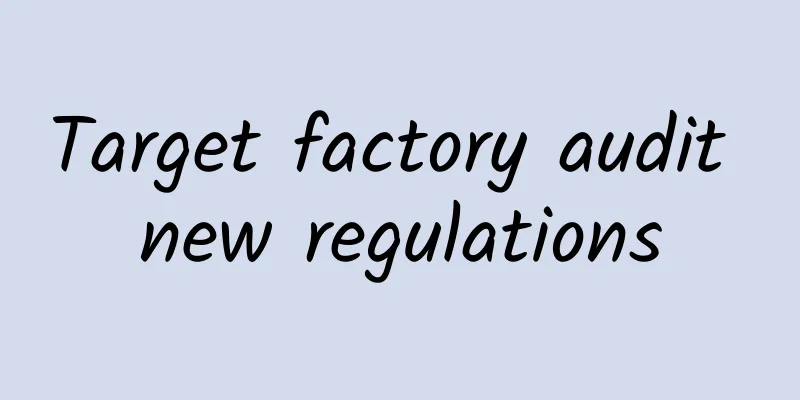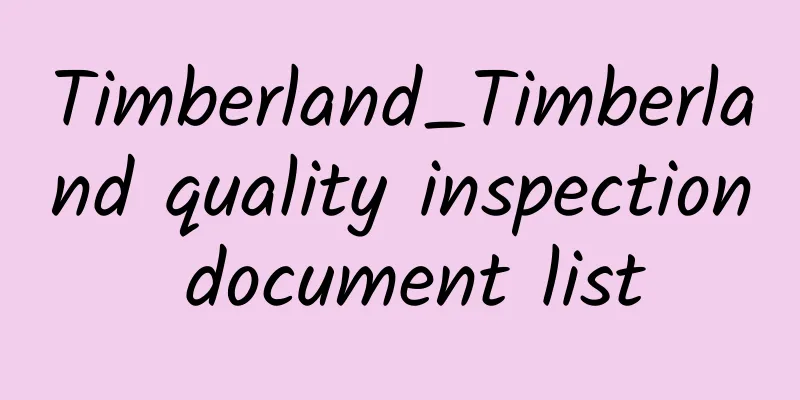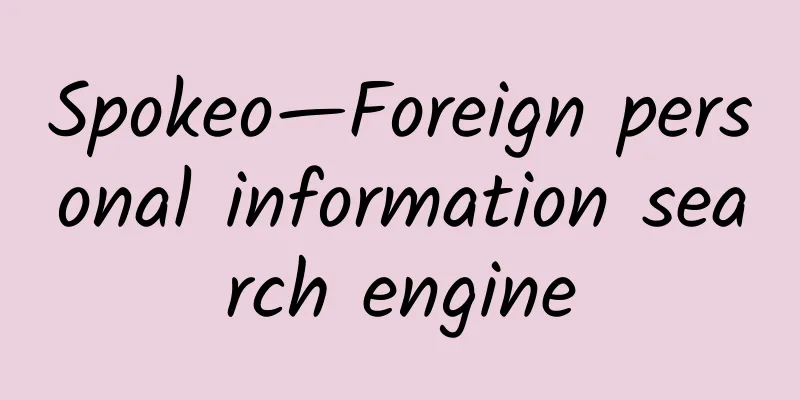Target factory audit new regulations

|
Target's new factory audit regulations include the following: *Supplier Management * Document Control *Quality Management *Production Control *Defective product control *Quality Control * Error correction management * Training * Equipment and equipment maintenance *Social Responsibility *Production conditions * Anti-terrorist security The meeting mainly introduced some new requirements such as document control, production control, quality management, non-conforming product control, and error correction plan. 1. Document Control Production-related records must be kept for at least 5 years, starting from the date of the last shipment. Factories must have a document control policy, and all documents must record version numbers and retain the original versions. Factories must have four levels of production documentation: 1. Quality outline - the company's quality policy and objectives planning and other programmatic documents; 2. Operation Instructions - How to operate all the processes involved in each step, such as how wide the cutting table is, how to put the cloth on the cutting table, how thick the cutting cloth is, etc.; 3. Operation records - operation records of each type of work every day; 4. Process flow - the quality policy and regulations for each step in the production process, such as cloth inspection and cutting, must have regulations. 2. Production Testing Plan (PTP) PTP is based on the production process and sorts out the key points of quality control that need to be paid attention to in each production link. It includes but is not limited to four contents. Frequency: such as daily, per shipment, or other; Type: The focus is the type, such as fabric inspection, testing, color separation, etc. Standard: what standard should be used for testing the fabric and what standard should be tested; Reference documents: about fabric inspection standards, such as documents on the four-copy system, documents on inspection standards, AQL2.5. 3. Production Control Production control includes the following: (The following points need to be specified in documents and have relevant implementation records) 1. First sample: what standards should be checked against, what problems should be analyzed and rectified, and who should approve the production? --- there should be a first sample record sheet in the future. 2. Production flow chart: There must be a clear production flow chart 3. Product traceability: The production conditions, inspection conditions, fabric batches, fabric test results, etc. at the time should be traceable through bulk and document records. ----- Save relevant records for traceability query 4. Prenatal meeting rules: who will attend the meeting, what will be discussed... There should be relevant prenatal meeting records in the future 5. Product change process: If there are changes during production or proofing, records of each change need to be made. Where the change was made, what adjustments were made to the machine settings (if any), what changes were made to the process, and finally the approved changes. *Target recommends that factories should post physical samples of defects at the production site for display and training purposes. *Target recommends making a defect list for product defects and giving them defect codes to facilitate defect rate statistics. 4. Corrective Action/Remedial Action (for quality issues and complaints) There are documents to record the errors and problems found, analyze the causes, identify the responsible persons, improvement plans and deadlines, and the effectiveness of error correction. Related records (tabular form) A. Problem description b. Person in charge c. Cause analysis d. Improvement plan e. Implementation date f. Subsequent evaluation of the effectiveness of error correction, etc. 5. Control of Non-Confirming Materials There are documents that stipulate the means of detecting non-conforming products: 1. Inspection 2. Testing; Control methods: 2. Defective products are separated and stored separately, and kept by a dedicated person 1. There are marks to identify defective products 3. Final processing: a. Customer accepts b. Return for repair c. Destroy Related records (in tabular form): a. Defect type b. Number of defective products c. Source of defect (cause analysis) d. Treatment result e. Person responsible for treatment f. Traceable production process correction (if caused by process) The above is a detailed introduction to the new regulations of Target factory inspection. If you have any questions about this content or want to consult related content (such as the most common problem of TARGET factory inspection, etc.), you can click on the online customer service for consultation, or you can communicate in detail with our factory inspection guidance experts by phone. We will make every effort to help the factory pass the factory inspection. |
<<: Anti-terrorism factory inspection computer information system security management system
>>: ICTI factory audit working hours standard
Recommend
Avon factory audit results
Avon factory audit results: Green: All requirement...
What is SainStore? What services does SainStore provide?
What is SainStore? SainStore (Guangdong Shangrui ...
What is Adobe Stock Photos? What features does Adobe Stock Photos have?
Adobe Stock Photos is a photo processing software...
Linkfluence and Spredfast Sign Strategic Technology Cooperation Agreement
Linkfluence accelerates the development of its in...
HACCP Certification Program
★、Procedures for applying for HACCP certificatio...
What is ThemeForest? How to use ThemeForest to select WordPress foreign trade themes?
Themeforest was launched in 2008. It has grown fr...
What is Fressnapf? How did Fressnapf develop?
What is Fressnapf? Fressnapf is one of the leader...
SparkX—The Next Generation of Digital Marketing
SparkX is a new generation digital marketing cons...
Fordeal Growth Law
What is Fordeal? Why can Fordeal continue to deve...
Specific procedures for passing ISO9000 quality system certification
What is the specific procedure for passing ISO900...
BSCI certified staff interview content
BSCI factory audits fall under the category of soc...
Walmart ES Audit Checklist
Walmart ES Audit Checklist Chaowang Enterprise Ma...
Shaoxing ** Knitting Industrial Park Co., Ltd. passed the RCS factory certification!
Customer introduction: Shaoxing ** Knitting Indus...
PRIMARK--Irish clothing retailer
PRIMARK is an Irish clothing retailer with chain ...
What is EmailCamel? What are the functions of EmailCamel?
EmailCamel is an email marketing platform for thi...









